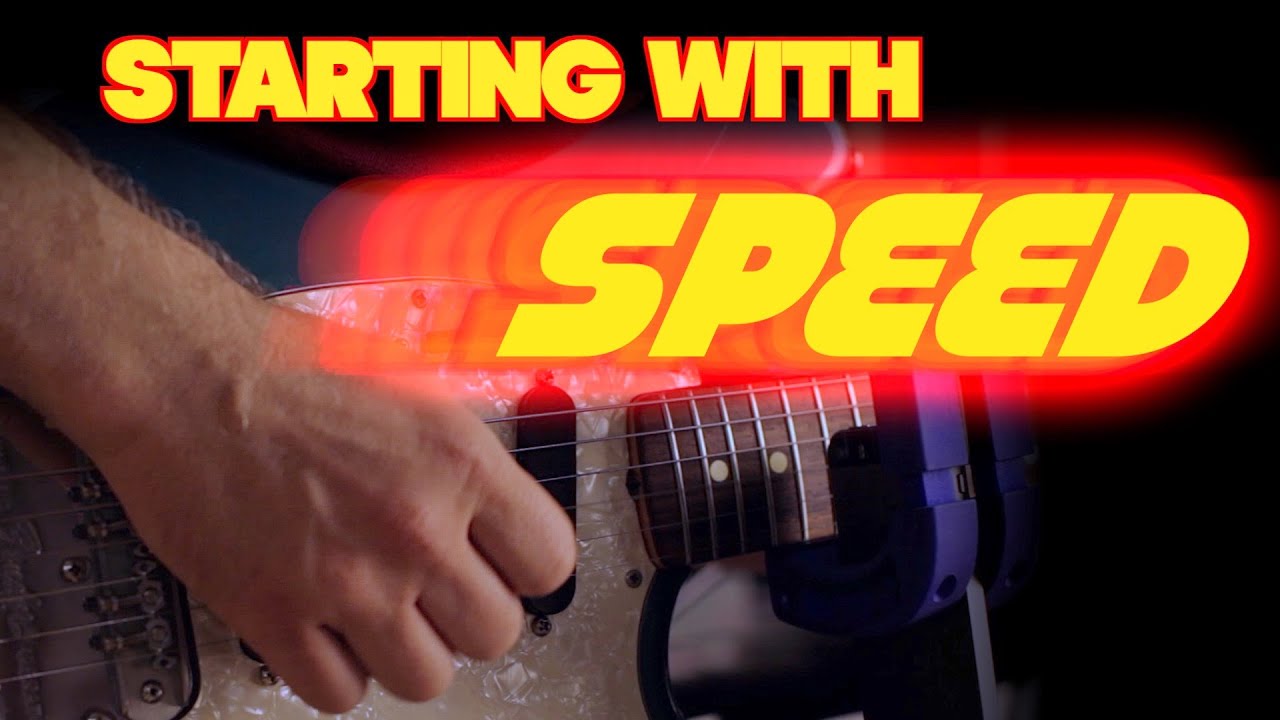I’m learning a mandolin bluegrass-y solo with a target speed of 154 BPM (all picked sixteen notes with double escaping). I can play it very sloppily at the target speed. I wonder how much I can reduce the speed while being in “fast” mode so I can polish the mistakes while keeping the same motion and not switching to a different one.
I remember @Troy mentioning something like 130 BPM as the barrier for string-hopping technique. Is that a safe bet?
Edit: I’m finding that at 135-140 BPM the movements all feel different even for the left hand. I think I need to stay really close to the target in this case. I’m also attempting it at 160 BPM and it’s not a lot more sloppy than 154 BPM.
I’m still interested in your thoughts about this though!



